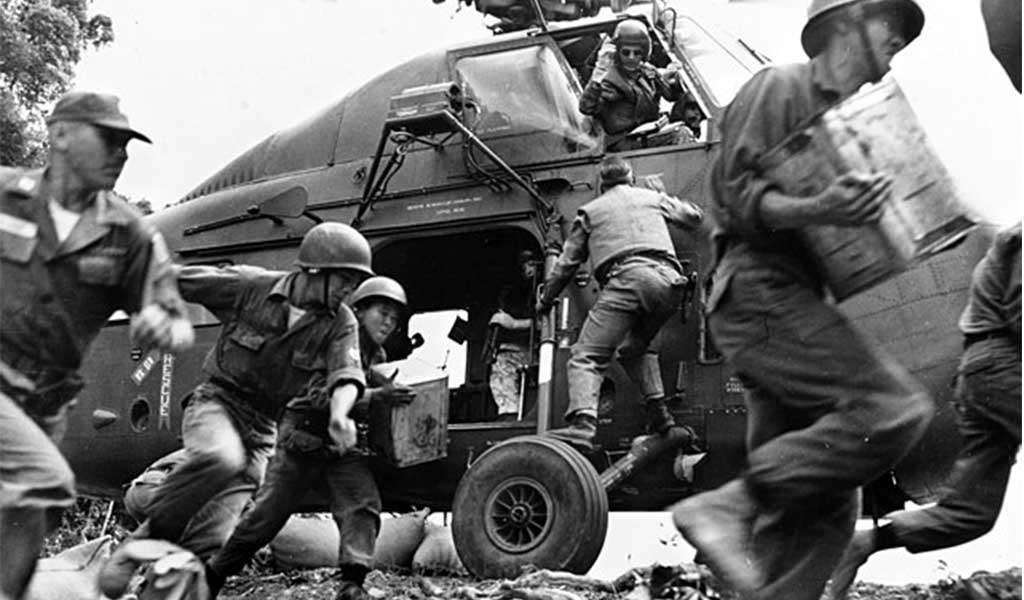From Continental to U.S. Marines

On November 10, 1775 the Continental Congress, meeting in Philadelphia, published the following resolution.
Resolved, That two Battalions of marines be raised, consisting of one Colonel, two Lieutenant Colonels, two Majors, and other officers as usual in other regiments; and that they consist of an equal number of privates with other battalions; that particular care be taken, that no persons be appointed to office, or enlisted into Battalions, but such as are good seamen, or so acquainted with maritime affairs as to be able to serve to advantage by sea when required; that they be enlisted and commissioned to serve for and during the present war between Great Britain and the colonies, unless dismissed by order of Congress: that they be distinguished by the names of the first and second battalions of American Marines, and that they be considered as part of the number which the continental Army before Boston is ordered to consist of.
Ordered, That a copy of the above be transmitted to the General.
This resolution was drafted by John Adams of Massachusetts who would later become the second president of the United States. The Continental Marines served with distinction during our War for Independence, and at the successful conclusion of the war in 1783, the Congress, suspicious of standing military forces in peacetime, sold the ships of the Navy and disbanded the Continental Marines. However, the French Revolution occurred in 1789, and that cataclysm would have a significant impact on all of Europe, and raised serious concerns in the United States, especially when the public executions of the Terror began. (The French Revolution was famously discussed and its implications analyzed by Edmund Burke in his Reflections on the Revolution in France. A pdf version of the book may be found here: https://www.earlymoderntexts.com/assets/pdfs/burke1790part1.pdf.) This led the American Congress formally to establish the United States Navy in May of 1798. On July 11, 1798, President John Adams signed legislation establishing the United States Marine Corps as a permanent military force in the Department of the Navy.
Over the following century and a bit more, U.S. Marines distinguished themselves on and off the battlefield, whether on land, sea, or air. In 1921, Major Edwin McClellan recommended to Major General John A. Lejeune that November 10 be established as a day of celebration for the Marine Corps. On November 1, 1921, Major General Lejeune, as commandant of the Marine Corps, issued Marine Corps Order No. 47 declaring the new day of commemoration, writing in part that “it is fitting that we who are Marines should commemorate the birthday of our corps by calling to mind the glories of its long and illustrious history.” The Commandant praised not only the history of the Marine Corps, but the spirit of honor that guides Marines saying: “So long as that spirit continues to flourish Marines will be found equal to every emergency in the future as they have been in the past, and the men of our Nation will regard us as worthy successors to the long line of illustrious men who have served as ‘Soldiers of the Sea’ since the founding of the Corps.”

